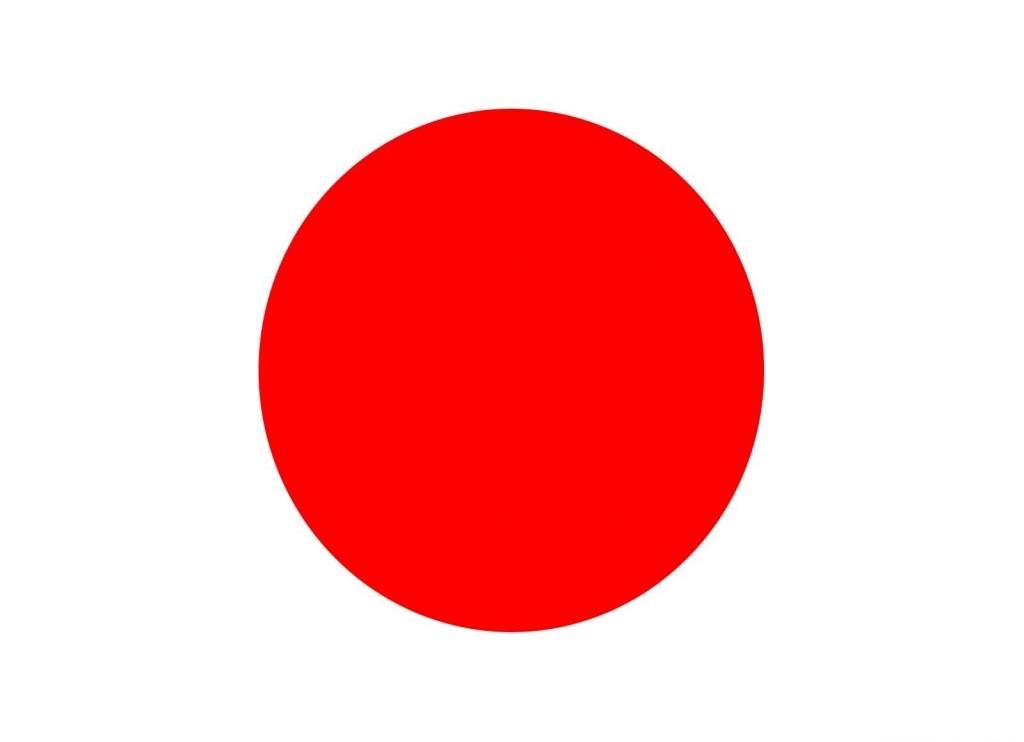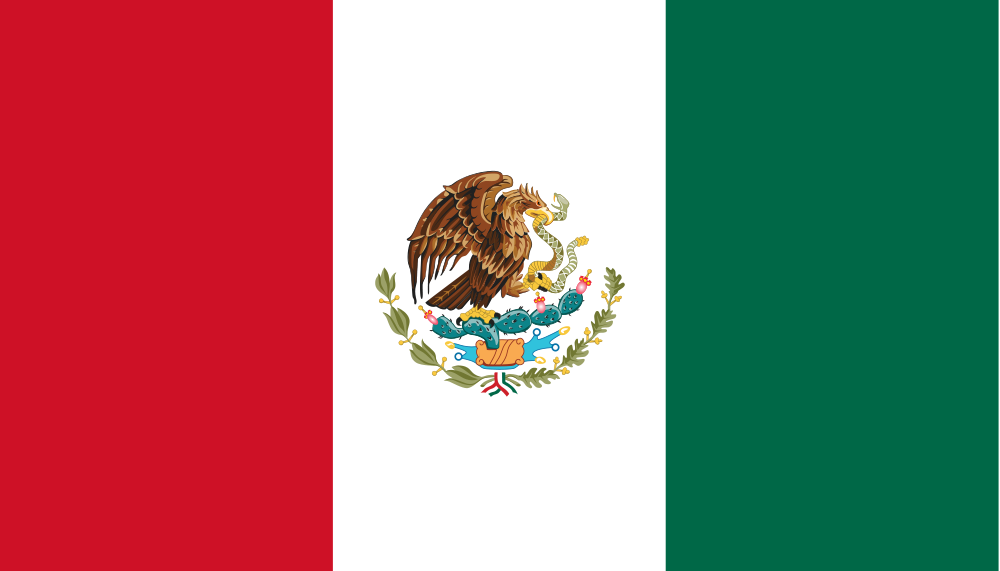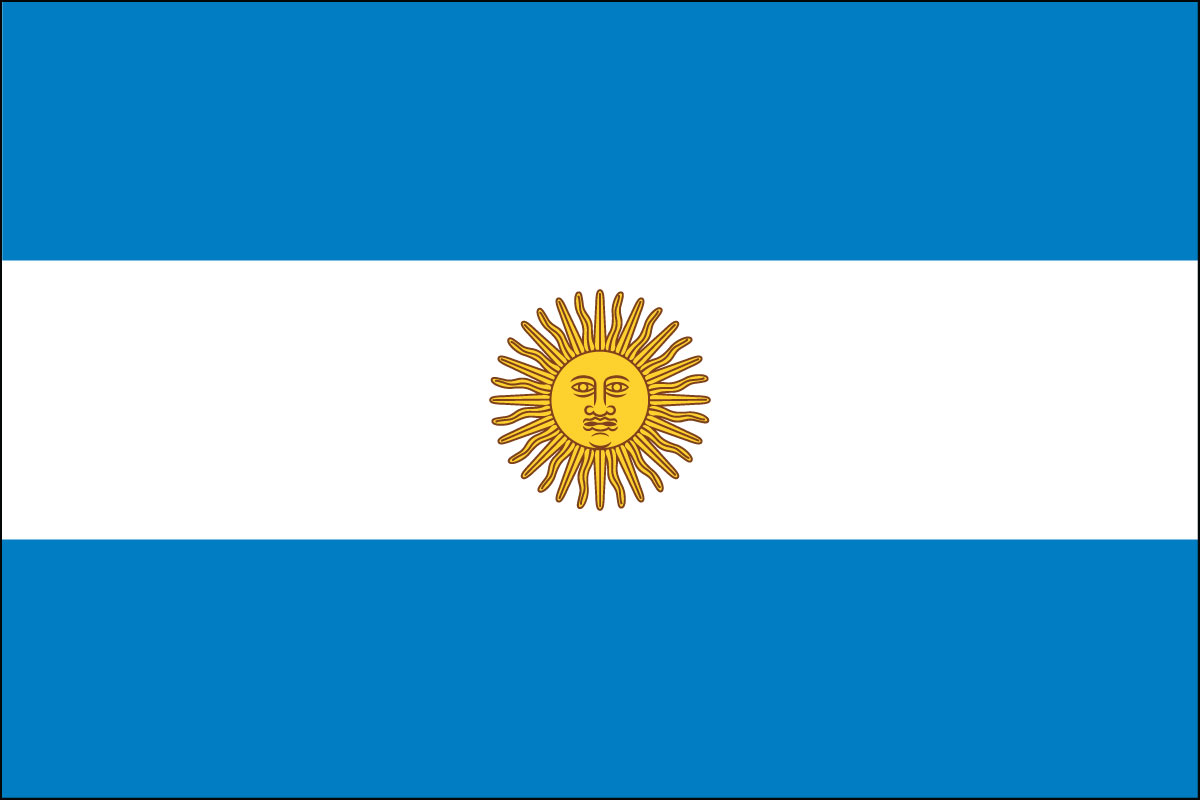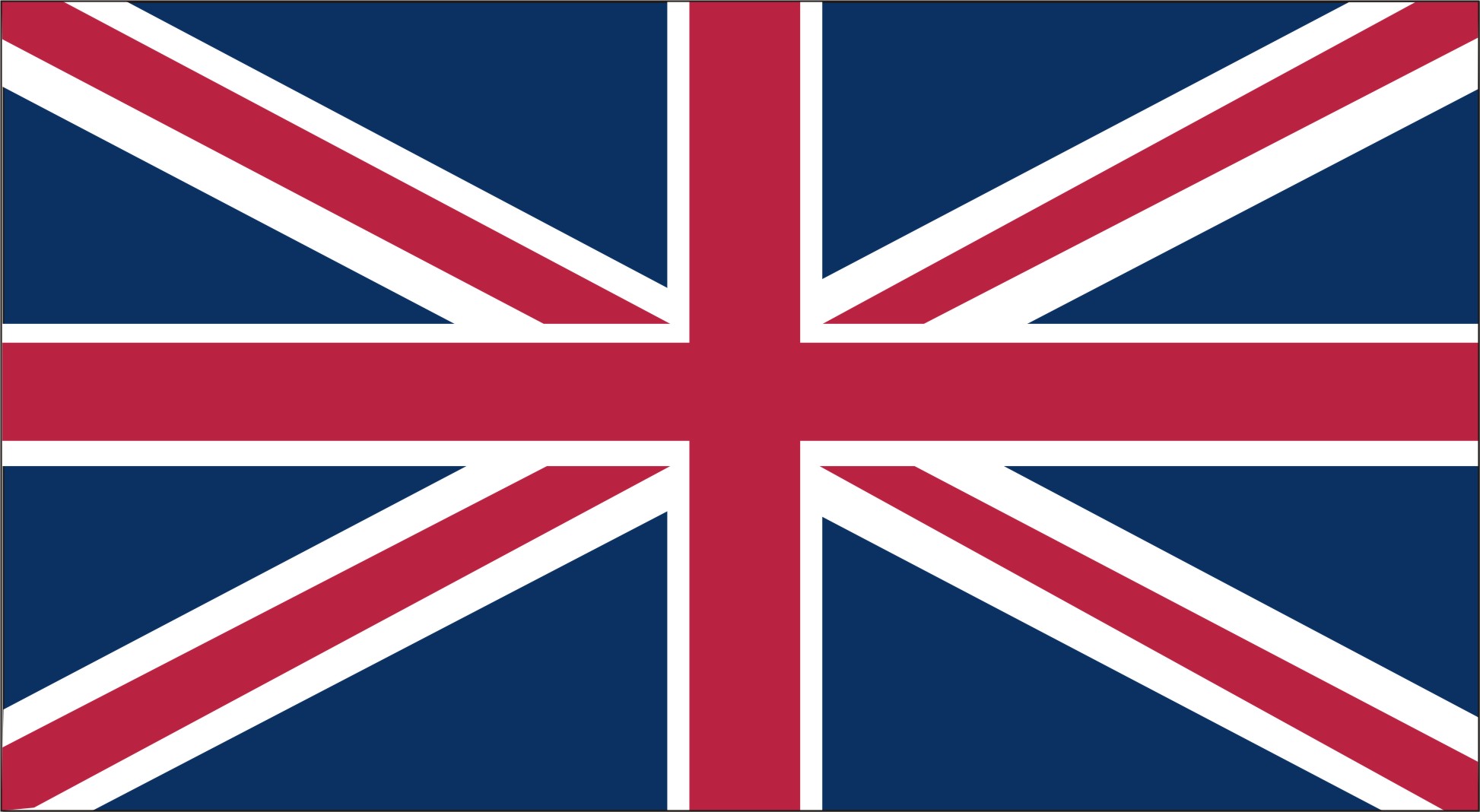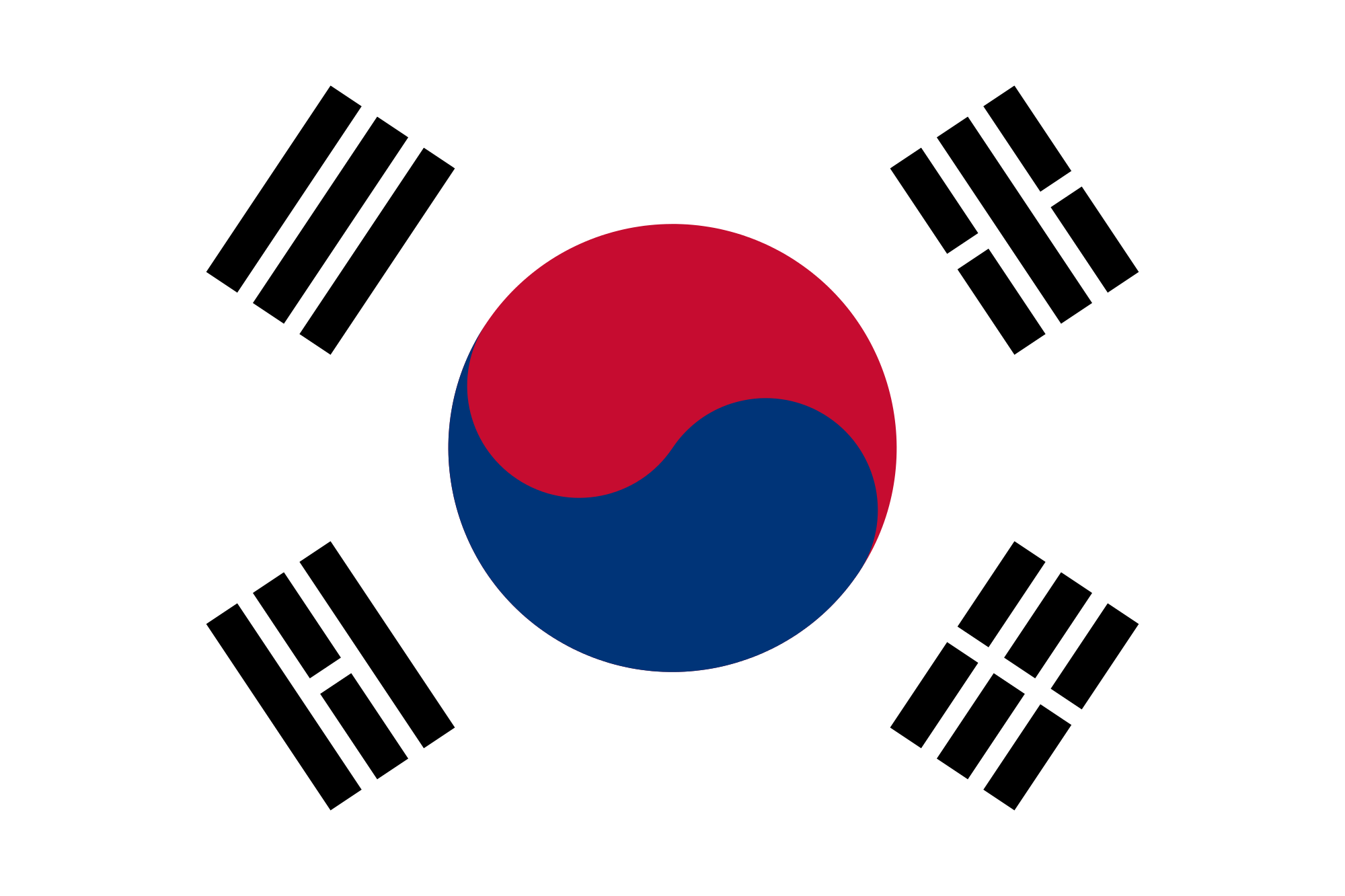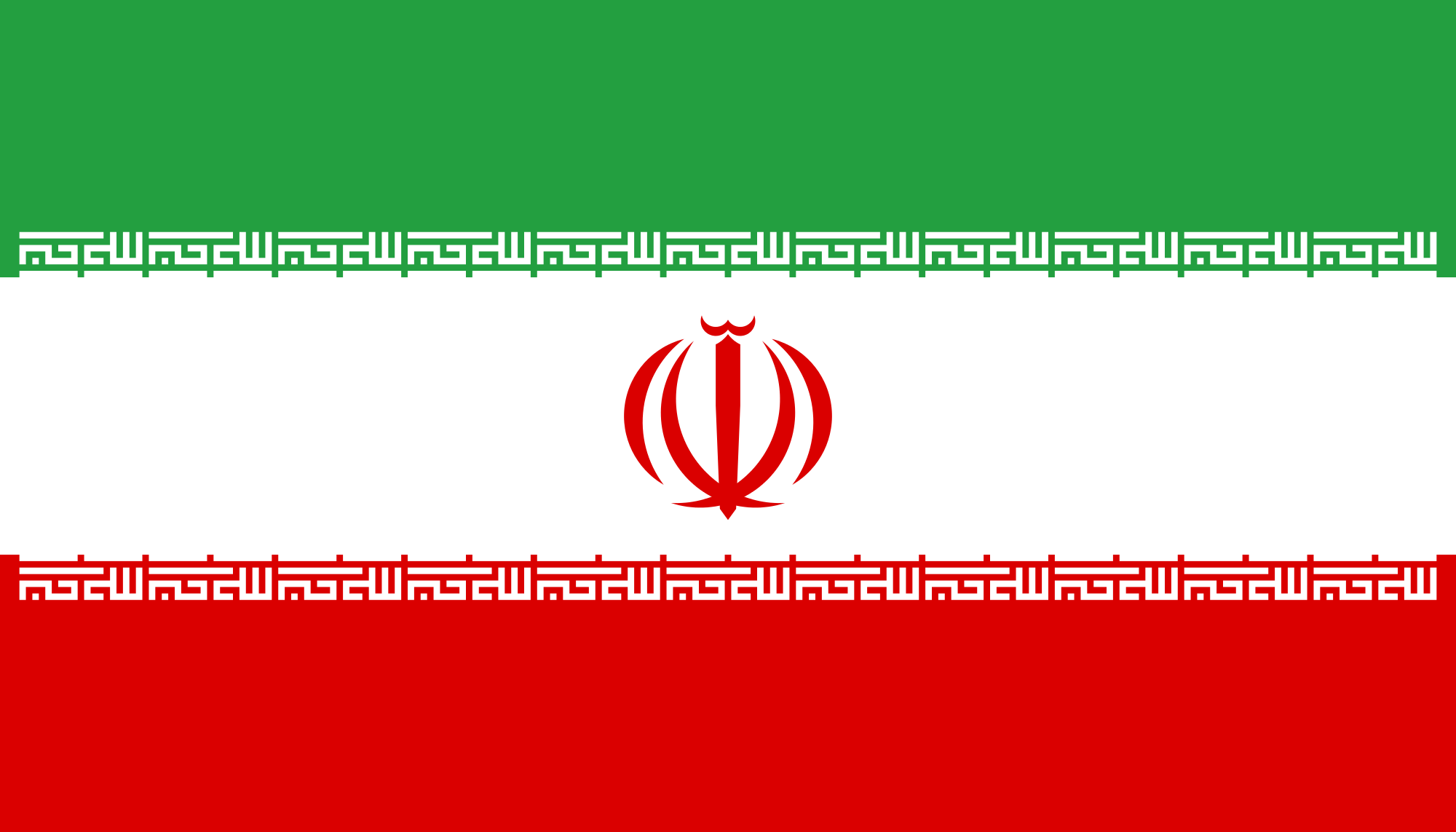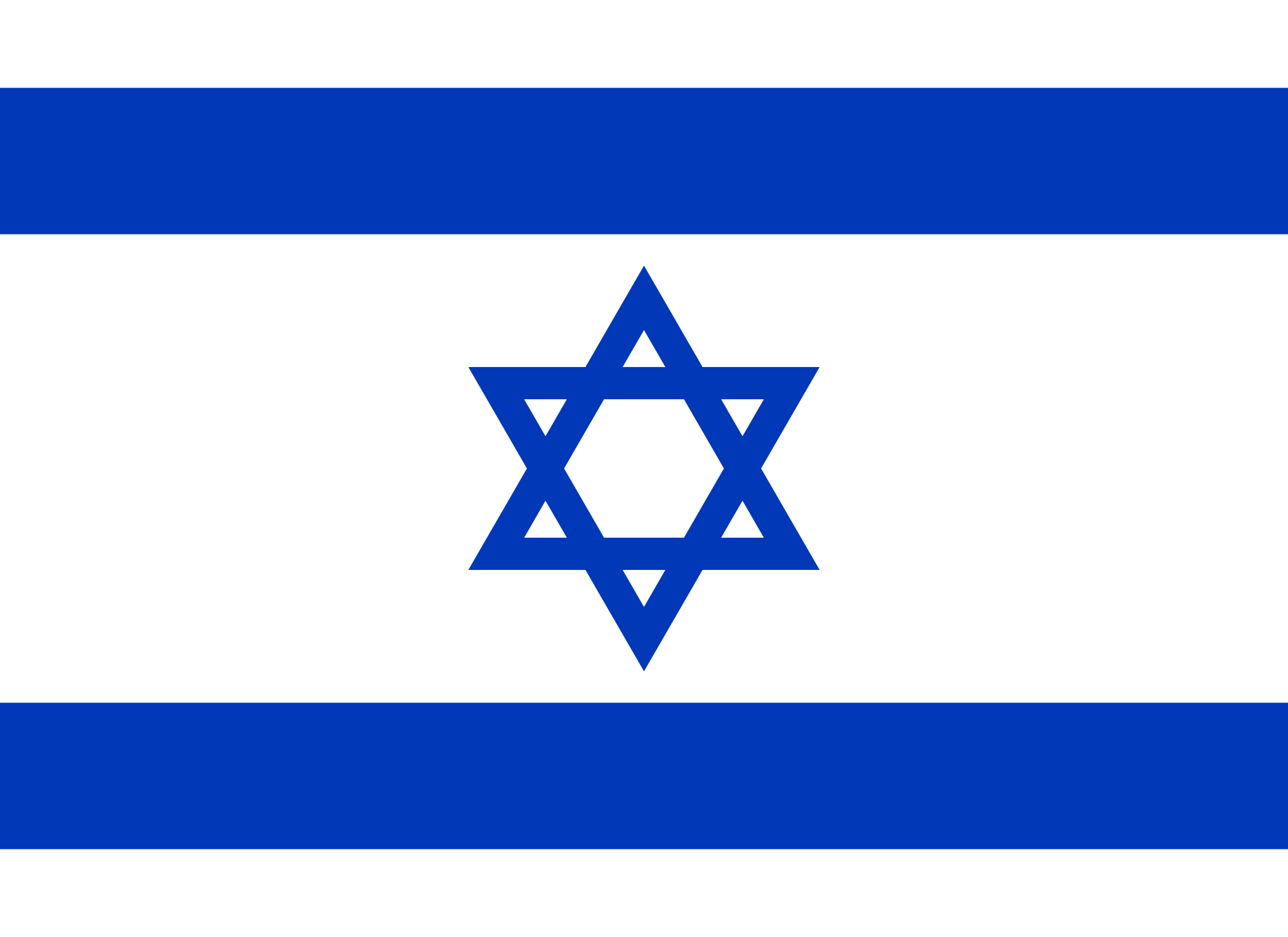Yes, you read that right. According to Pew Research, 64 nations around the world fly "national flags that include religious symbols."
Pew further clarified the flags according to the religions they represent:
“Of the 64 countries in this category, about half have Christian symbols (48%) and about a third include Islamic religious symbols (33%), with imagery on flags from the world’s two largest religious groups appearing across several regions.”
And if the number of religious standards flapping in the wind is a surprise for you, that's nothing compared to national anthems which contain religious themes. Upwards of 126 different nations have explicitly religious titles, themes, lyrics, or metaphors embedded in their official state song. That's somewhere between 64-66% of nations (depending on your worldwide count, ranging from 189-196 sovereign countries).
So much for the separation of church and state.
While different nations have different notions of the separation of church and state and others make no distinction nor erect any partition between the two, many (if not most) countries have some imperative to differentiate between the role, expression, or function of religion and state respectively. Still, this is a tricky issue seeing as religion continues to play a role, whether explicitly or implicitly, in the formation of many a nation-state -- not to mention "national identity."
*For more on religion and culture, follow @kchitwood
Indeed, there are varying degrees of delineation between "church" and "state" depending on the legal parameters and constitutional mandates that speak to the appropriate relationship between religion and politics in each respective nation. While there may be laws governing the separation, there are varying degrees of distance wherein religion and state function as two independent bodies or wherein pluralism is tolerated, but there is still an official state religion (a la in the United Kingdom). In addition to being known as "separation of church and state," the idea is encapsulated by other concepts such as secularism, disestablishment, religious liberty, pluralism, or constitutional tolerance. Essentially, the idea of "separation of church and state" is fluid, and thus slippery, to comprehend and apply.
Beyond this nebulous concept of "separation," why do so many countries appeal to religious symbology in elements for their national imagery and imaginary?
It seems to me that mixing religious symbols with state power is still, despite the augury of the prophets of secularization, a viable option for nation-states and institutions to offer a relative degree of control to their leadership in a world ever more chaotic because of economic, political, and social instability and time-space compression due to the forces of globalization. “The use of a simple symbol in a film, a book or an advertisement says far more than any wordy explanation ever could” wrote Adele Nozedar in The Element Encyclopedia of Secret Signs and Symbols, “Signs and symbols, our invention of them and understanding of them, transcend the barriers of written language and are the very heart of our existence as human beings.” Thus, symbols are powerful. And religious symbols even more so as it reaches beyond this temporal realm into eternity. Thus, if a nation or leader is looking for an anchor to unify and stabilize her people, religious symbols seem a robust option.
Indeed, these religio-political symbols might be said to offer what David Morgan calls a “web of communication," giving the nation an almost iconic status. Morgan talks about the "sacred gaze," which denotes any way of seeing that invests its object—an image, a person, a time, a place—with spiritual significance. Using an interdisciplinary approach, Morgan investigates how viewers incorporate and attend to religious symbols and images and how that encounter furnishes a social, intellectual, and perceptual construction of reality. Essentially, Morgan argues that religious symbols -- be they Protestant, Catholic, or otherwise -- are not to be viewed in isolation. Rather, they must be seen within their social contexts, which includes more than theological ideas, but devotional attitudes and practices, everyday rituals, personal testimonies, and "the sacred space of the home." Building on this proposition, it would be fair to say that these symbols in the flags are powerful regulators of human passions and perspectives on others, especially in the context of nation-states.
Basically, these flag symbols not only solidify an independent group identity, but attempt to create a political or national identity that cuts across urban centers, rural villages, regions, or states. In countries where religious pluralism dominates, or there are significant religious minorities, this may mean that these flags cut across religious boundaries as well, in order to regulate not only institutional relationships but personal and familial ones as well. These religious symbols are able to do so, because they are attached to a symbol of massive power -- the national flag -- which produces a sense of awe, enormity, and transcendent grandeur that in turn provides a shared reference point for members of a community with similar, or in some cases dissimilar, world views. While religious minorities may contest the symbology, the symbol is able to -- because of cultural, social, economic, or religious context -- unite enough of the nation to provide a mainstay for shared civic character.
Even countries without explicit religious symbol rely on the same potency of shared imagery. In the U.S., our flag may be bereft of religious images, but the waving Stars and Stripes resplendent in the wind has been known to evoke iconic ecstasies and rapturous emotions in the patriotic members of the U.S.'s civil religious. Has it not? While the U.S. flag doesn’t employ an explicitly religious symbol it is still imbued with attendant symbolical meaning and religious effect.
According to Emile Durkheim’s definition, religion is a unified system of beliefs and practices which unite individuals in to one moral community. While Durkheim may certainly be critiqued, the sociality that religion provides cannot be denied. If the role of politics and state institutions is to establish its hegemony over a people and have the same people accept that state's authority as normative for their lives, both individual and communal, then religion, as a cultural phenomenon, becomes a primary tool wherein to establish said community and suffuse its compliance to state-craft with divine intimations. Religion is the soothsayer of the magic of state.
As such, a religious symbol in a flag is used to great effect as a sibyl of state authority. Hence, why so many nations around the world employ such images even today in what is supposed to be an every more globalized, pluralistic, and secularized modern world.
*For more on religion and politics, you may want to read "Is Kim Jong-un a god? 'The Interview' and the Juche idea."
